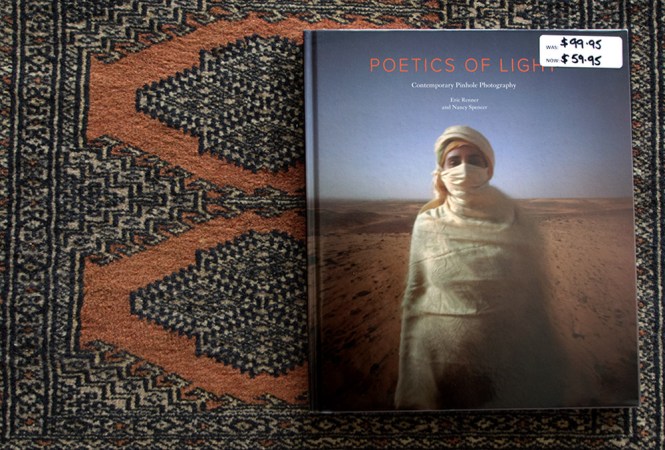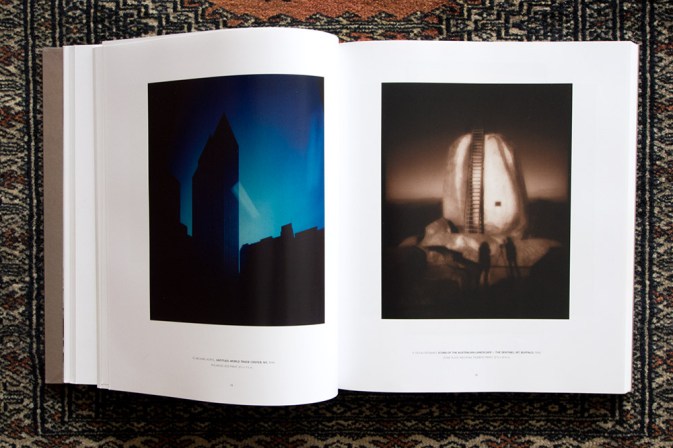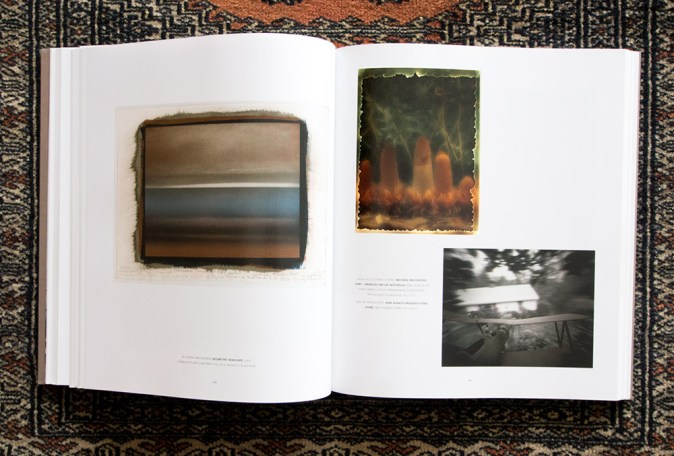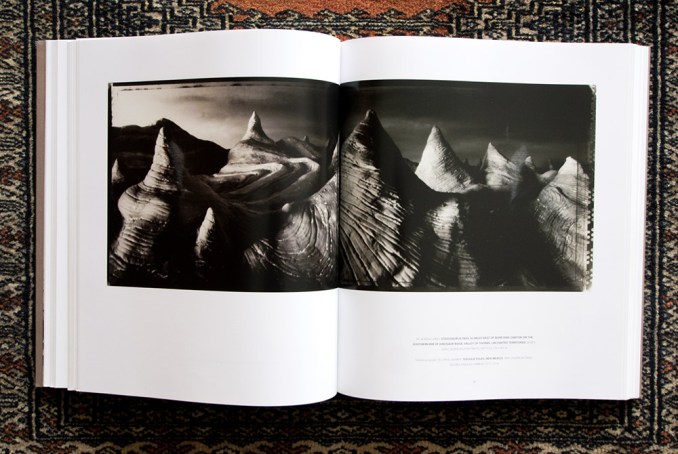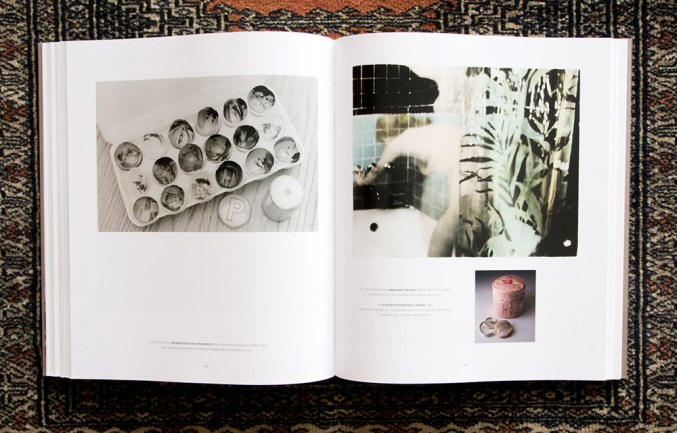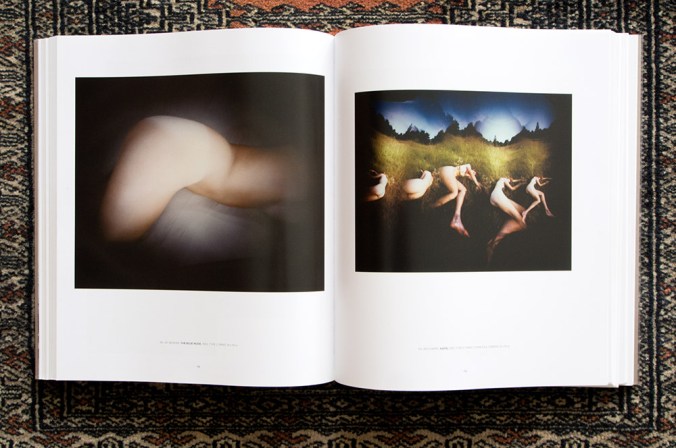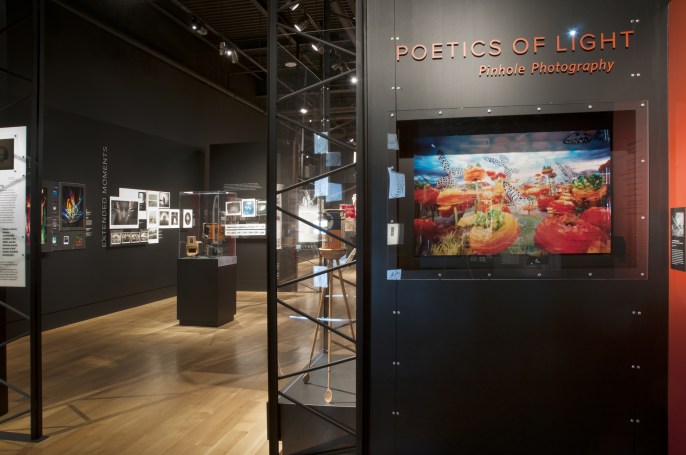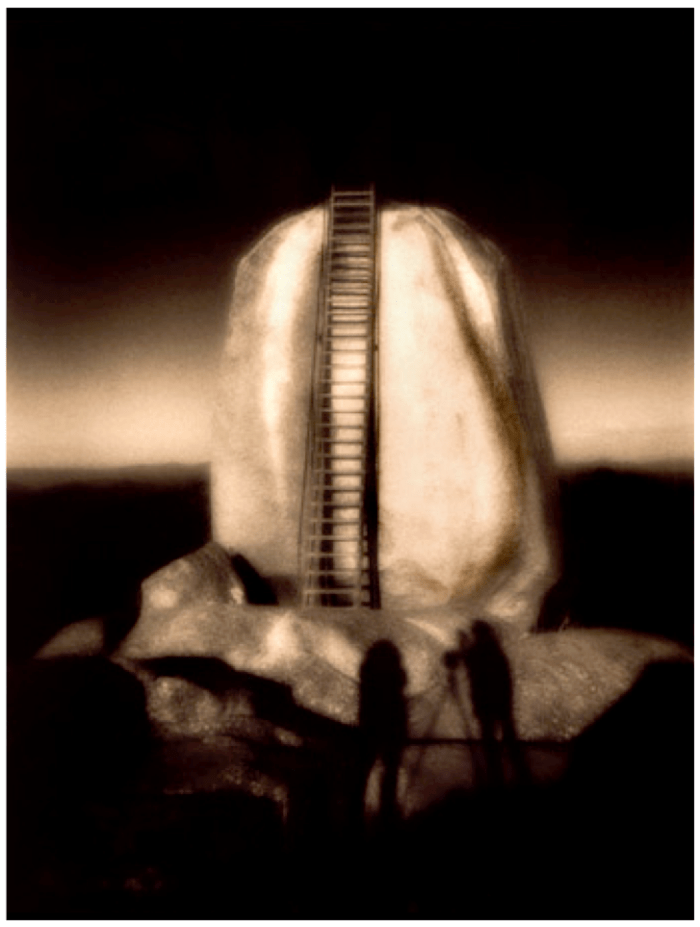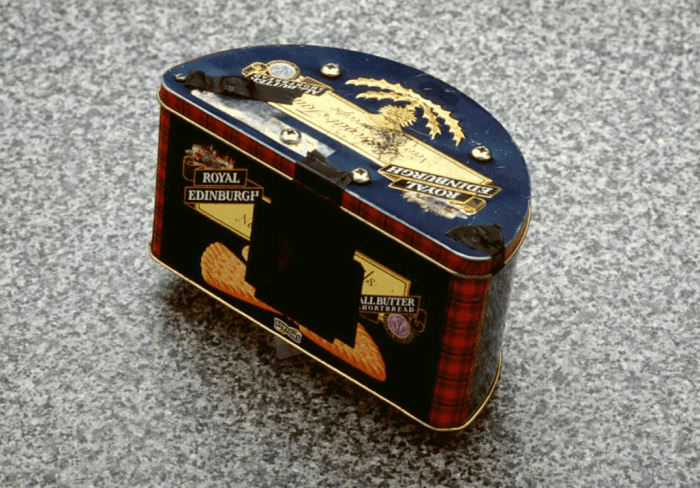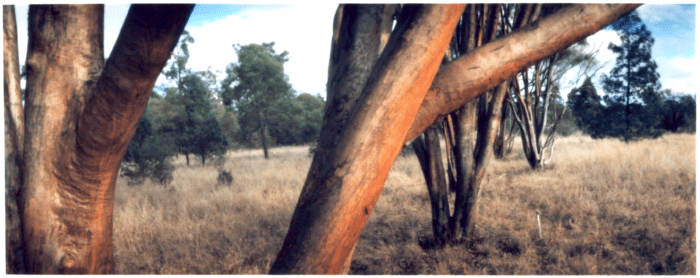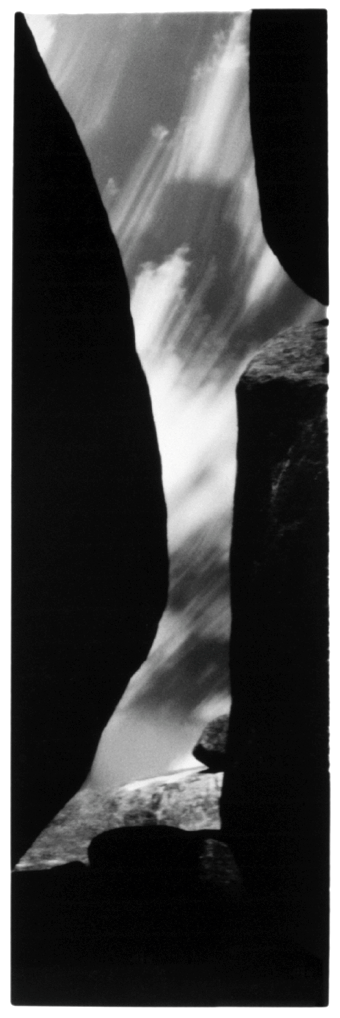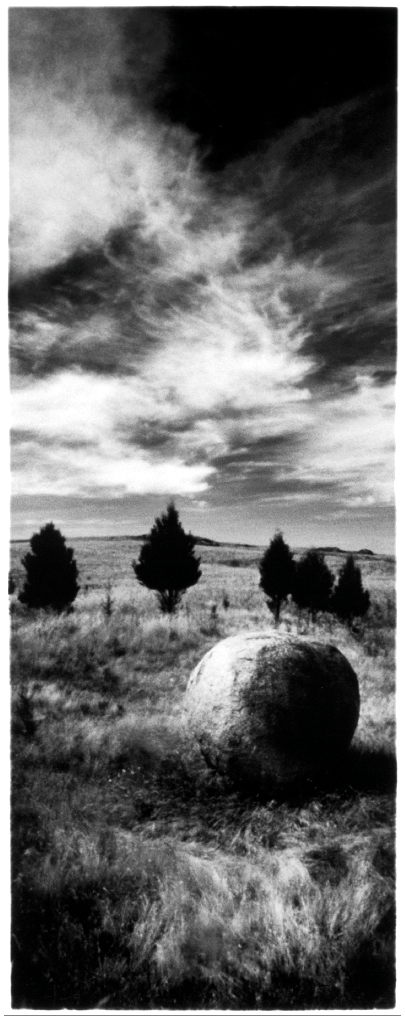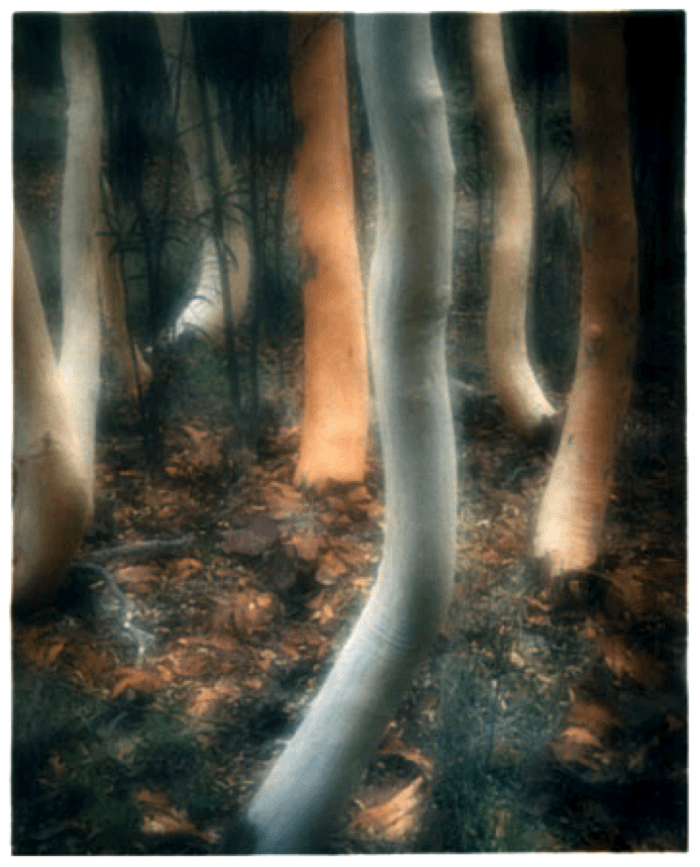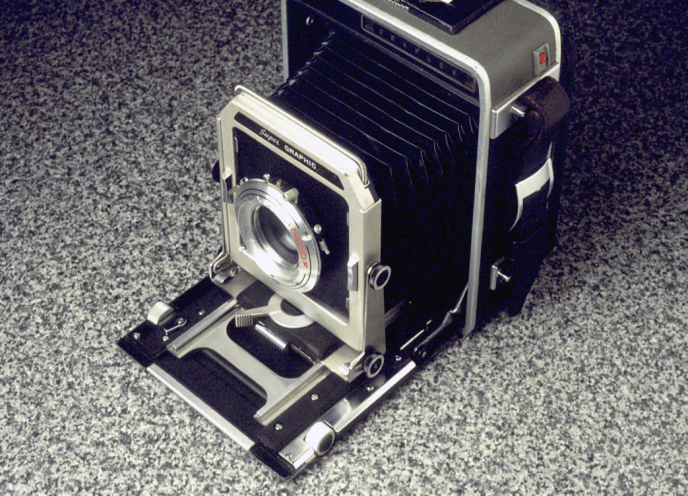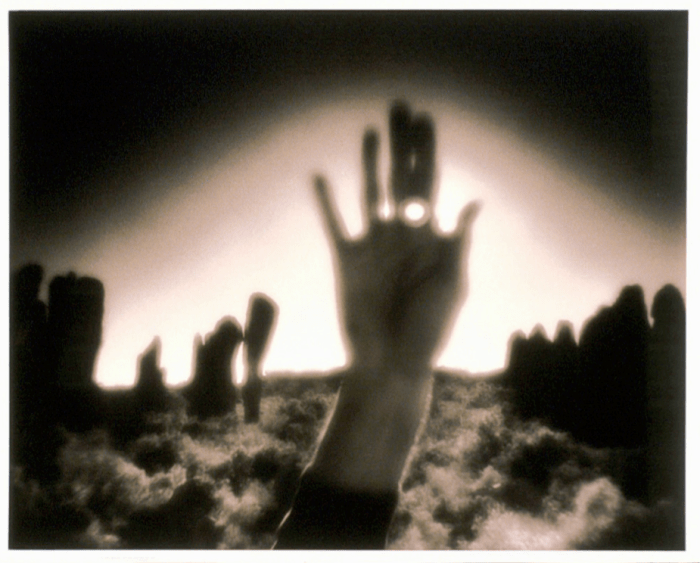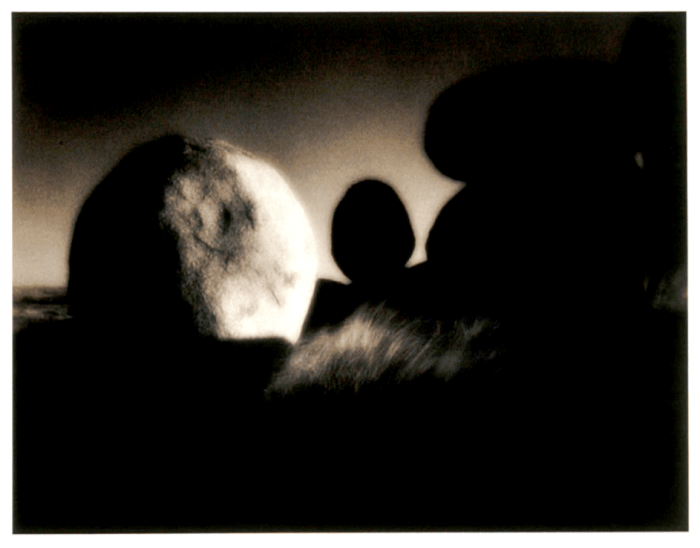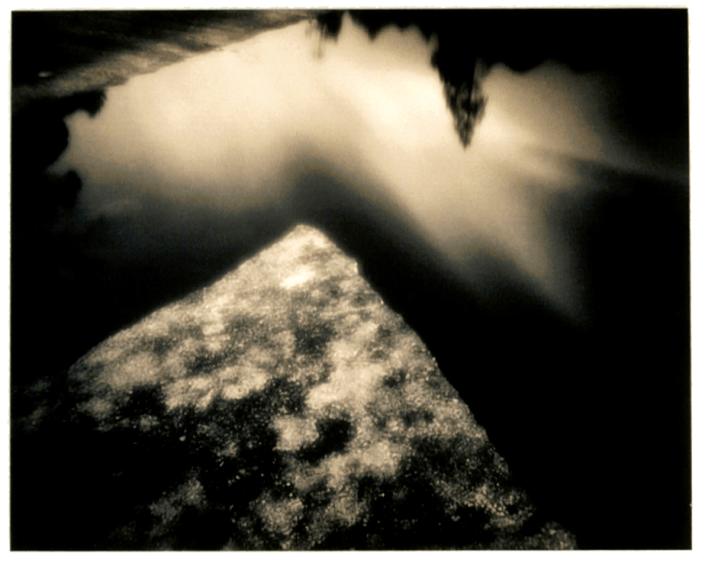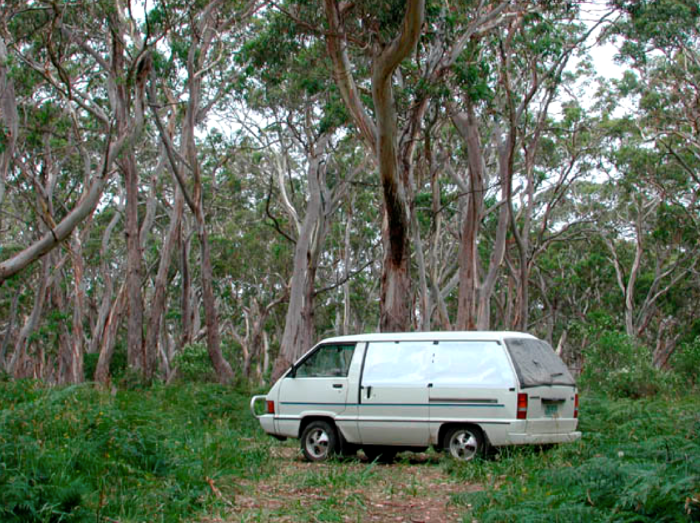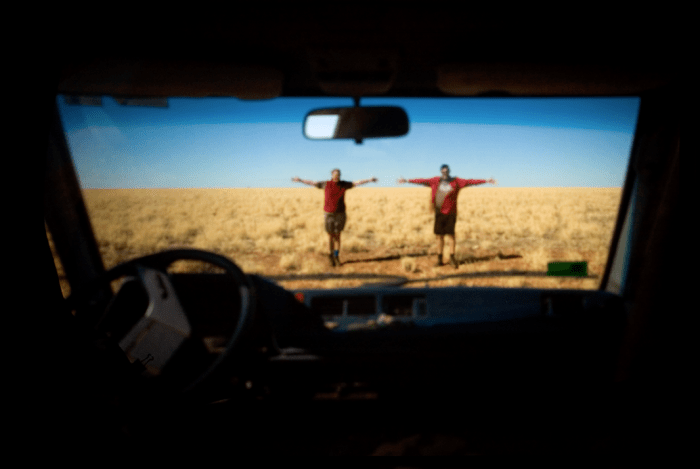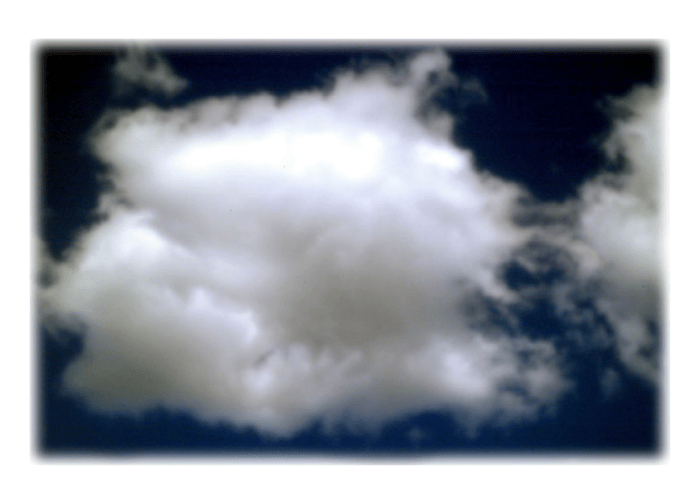Archive for November 2015
VICTORIA COOPER: Shortlisted for National Library Creative Fellowship

Victoria Cooper researching artists books
I was recently shortlisted for a Creative Fellowship at the National Library of Australia. Even though I was not successful in receiving the fellowship, this level of recognition for my project is very exciting. For a long time I have been dreaming about a project in which I can unleash the bunyip from its exile within the contemporary narrative of children’s books. Muzzled by anthropomorphism, this chimera of the dark swampy corners of Australia may seem to be docile and quaint, but I believe there is still a sublime wildness within–waiting to surface…..
This was my proposal for the National Library of Australia’s Creative Fellowship
The bunyip was once a feared monster of Australian waterways and swamps. In this project I ask: Where is this chimera of Indigenous and early colonial storytelling and myth to be found in contemporary life? Has this fearsome spirit been tamed through parody or clichéd as the mythical swamp creature found only in children’s storybooks or travel brochures?
Perhaps as Henry Rankine, of the Ngarrindjeri tribe in South Australia, proposes in Robert Holden’s 2001 book ‘Bunyips, Australia’s Folklore of Fear’:
‘So the Bunyip (the Mulgewongk) he is still in our Dreamings. He is still there today, just like we have fast jets in the sky, we still have got that fellow in the river’.
Through the opportunity provided by the Creative Fellowship, I had hoped to build upon preliminary research highlighted in my PhD[i] by engaging with the National Library’s substantial collection of material on the bunyip. I had intended to build a visual and textual resource to underpin my development of an alternative concept of the bunyip.
Ultimately this work would form the basis of creative visual narratives that are intended to challenge, re-imagine and re-establish a sense of wonder and respect for this arcane, sublime phenomenon.

Victoria Cooper’s artists book “Koolunga Bunyip” 2007 collected by the National Library
The Project Continues:
Strongly guided by the contemporary theory of Solastalgia[ii], both Doug and I plan to continue this research as an integral part of our individual and collaborative practice. Our Nocturne Projects and many bookworks are created in response to the current issues of living with this transforming human/nature relationship.
[i] My research project, I have witnessed a strange river, can be found online at James Cook University research online site: http://researchonline.jcu.edu.au/31799/
[ii] Solastalgia: the distress caused by environmental change
Glenn Albrecht , Gina-Maree Sartore, Linda Connor, Nick Higginbotham, Sonia Freeman, Brian Kelly, Helen Stain, Anne Tonna, Georgia Pollard Australasian Psychiatry Vol. 15, Iss. sup1, 2007
POETICS OF LIGHT: Pinhole Book and our work
.
It’s not everyday that you wander into an art gallery bookshop and you stumble across a book with your work in it…! A favourite gallery bookshop for me is the QAGOMA bookshops in Brisbane – it’s always worth spending a little time there to see the latest books, to do a little in-store pre-reading, and to check out the ‘Specials’ table where the unaffordable book often becomes affordable.
The other day I’d escaped from some research work at the State Library of Queensland by walking through the preparations in QAGOMA for the 8th Asia Pacific Triennial to drop by the gallery bookshop. I held and flicked through a few books when a large volume entitled Poetics of Light with a big white reduced price label – $99.95 to $59.95. The title seemed familiar to me – then I saw the sub-title Contemporary Pinhole Photography, ‘yes, I remember that’, I thought to myself.
.
.
I flicked a few pages at the front of the book and one of my pinhole/zoneplate photos … a few pages on there was one of Vicky’s … I kept turning pages and I witnessed a compendium of amazing lensless imagery …
.
.
The last couple of years for us have been full of life-changing experiences and dealing with the issues of the moment, my being made redundant at TAFE and the subsequent time spent job searching, selling our house, lecture and writing commitments and amazing house-sit opportunities for friends – I’d completely lost track of this book and the exhibition that it compliments.
The Poetics of Life exhibition and book celebrates the donation of the pre-eminent Pinhole Resource Collection to the New Mexico History Museum (NMHM). The Pinhole Resource was founded by Eric Renner in 1984 and became the world’s centre for all things pinhole. Through personal research, workshops, networking and publishing Renner led the resurgence in pinhole photography, its techniques, images and its discourse. In 1989 Renner was joined by Nancy Spencer as a co-director of Pinhole Resource and co-editor of the Pinhole Resource journal.
.
.
Over the years Renner and Spencer amassed a unique collection of pinhole and camera obscura images, cameras both old and contemporary and texts, books and references about the art and practice of pinhole photography. Much of this material was donated by practitioners as a way of contributing to the ‘Resource’.
The Pinhole Resource Collection became part of the permanent collection of the Photo Archives of the New Mexico History Museum in 2012. This research archive is has the largest collection of pinhole photography and paraphernalia in the world with over 6,000 photographs, cameras, documents and books, as well as an entire run of Pinhole Journal. The NMHM has a website with images available to be searched by author’s/artist’s name, and also includes education resources and a blog.
So what is it about the pinhole image – why would anyone want to make photographs with a lens-less camera…? Renner and Spencer, in the book comment that: ‘describing the mystery of pinhole images is difficult, the concepts of soul, depth, yearning, timelessness, and archetypal feeling all contribute to the kind of visual reality produced, one perhaps only seen in a dreamlike state.’
We both felt privileged to have been selected for this book and exhibition and felt excitement at the opportunity to be recognised for our long practice in this worldwide movement.
Whilst much of our contemporary work centres on the camera obscura each year we participate in the yearly World Pinhole Day in late April – SEE our 2015-submission post HERE.
In the late 1990s I (Doug Spowart) was to state that: “pinholing creates images by simplicity, there is no techno-pretence; the images speak as murmurings, incantations of nostalgia, of mystique and memory; they are incisive and nebulous simultaneously; the process is an enigma.”
.
My pinhole (zoneplate) image from the Poetic of Light exhibition and book was taken at The Sentinel at Mt Buffalo using a modified 4×5 Graflex camera. In 1999 ILFORD featured the image in a PROPHOTO Magazine feature on my work. A story about the image is featured on our old website HERE
In a statement about the body of work, The Rocks of Ages, Victoria Cooper discusses her view that image is a result of the connection of technology, process, photographer and subject in the space/time of pinhole photography.
“These images formed part of an ongoing documentation of my corporeal and psychological experiences with the land. They were created using an ancient imaging device, the Pinhole, and analogue photographic materials. Each handcrafted image was then selectively toned to identify with memories other than the eidetic captured within the film. This process is slow and considered – the subject’s light remains on the photographic paper as not a direct document but rather as a visual exegesis of a time and place.”
What follows is a selection of pinhole images made by Cooper+Spowart
.
Other pinhole works by Vicky from film boxes and other cameras …
.
Doug’s pinhole/zoneplate work from the 1990s
.
The CarCamera
From 2000-2008 we converted our Toyota Tarago into a travelling camera obscura and completed a transcontinental crossing from Adelaide to Darwin in what we called our CarCamera Obscura. Here is a small selection of work from this project…
.
VIEW A DIGITAL MEDIA PRESENTATION OF CARCAMERA IMAGES
.
In a time where digital photography has impacted upon old analogue technologies we saw digital as just another opportunity to explore. When we were loaned a Fuji S1 Pro camera in the later part of 2000 we fitted a pinhole and made images…
.
.
There are still more challenges … photography has some more to give, and, be discovered …
Oh!! And I bought the book too …
.
.
.
.
.
All images (except the NMHM exhibition instalation) © Doug Spowart and Victoria Cooper
A DAY @ BALDESSIN PRESS STUDIO WITH SLV CREATIVE FELLOWS
.
A day at Baldessin Press Studio: The State Library of Victoria’s Creative Fellowships
.
.
On September 27 a special event took place at the Baldessin Press Studio , St Andrews just northeast of Melbourne. The studio was built by George Baldessin who was a charismatic figure in the history of Australian art, especially in Melbourne in the 1970s. He had a brilliant career as a sculptor and printmaker, and was already considered an important figure in the history of Australian art at the time of his tragic accidental death in 1978 at the age of 39. The studio is situated in a bushland setting and is accompanied by a house and several buildings built by Baldessin and his wife Tess assisted by others including the Hails brothers.*
.
Baldessin’s passing put activity in the studio on hold for some years until Tess returned in 2001. Since then she has worked to re-ignite the creative potential of the place in George’s memory so that artists may continue to create in this special place and perpetuate his generous spirit.
Part of the program of the Press includes the State Library of Victoria’s The Baldessin Press Studio Residency that gives one of the SLV’s Creative Fellowship recipients working in any field the opportunity to create a body of work. The Residency may include accommodation, printmaking tuition, living expenses and some materials. The recipient will also have the opportunity to participate in a ‘Bon a Tirer’ event during the year to present their project to the Library, public, partners and other supporters. Artist Rick Amor generously supports the Baldessin Press Studio Residency.
.
.
The 2015 Residency recipient was leading Victorian artist William Kelly a former Fulbright Fellow and Dean of the Victorian College of the Arts from 1975–82. His SLV research project dealt with Australian visual artists practicing between World War I and today, whose works have been informed by their beliefs about war and peace. His intention was to create an ‘accordion’ artist’s book – literally an unfolding story – that celebrated and connected the work of these artists*. In a comment about the body of creative work made as a result of the Baldessin Press Studio Residency Kelly was to say:
I have a profound belief that we can make this world be a better place but I don’t delude myself that it will, in any way, be easy. Art can play a part in this and artists can contribute to the larger debates about our future. I’ve been quoted as saying, “a painting will never stop a bullet but a painting (print, photograph, novel…) can stop a bullet from being fired”. These works, the “Baldessin Press Folio: Not in My Name” and the artist book “Fellow Travellers: An Unfolding Story” are testament to my belief in the power of the image. The first “Not in My Name” has images that refer to the ideas of courage, loss, innocence and unequivocally taking a stand.
.
The second “Fellow Travellers…” is something of a tribute to those Australian artists, writers, filmmakers who, over the past 100 years (from WW1 to today) have publicly stood by their beliefs. It references many significant artist/activists from Noel Counihan to Arthur Boyd to those who took a stance against the Transfield Sculpture exhibition (as a result of Transfield’s role in detention centres). Those who are on this journey are, for me, ‘fellow travellers’ and as this list is nowhere near complete and increasing numbers of artists are becoming known for their position on peace, human rights, reconciliation and social justice it is an “unfolding story”.
.
.
VIDEO: William Kelly discusses his Baldessin Press Studio Residency works
.
At the event the 2016 Baldessin Press Studio Residency recipient was announced. The recipient is Nicola Stairmand who works as an independent heritage consultant, curator and designer, combining her skills to research and interpret places of significance. She is currently employed at TarraWarra Museum of Art, where she assists with research and exhibition design.*
.
.
Stairmand’s project will seek to describe everyday life at Coranderrk Aboriginal Station, established in 1863 and closed in 1924, contributing to a greater understanding of its history. Using the State Library’s photographic and documentary collections, Nicola will research and produce a series of illustrative maps supported by images and descriptions.*
The formal proceedings took place on a bright and sunny spring afternoon with a kind of conviviality and informality that occurs when friends and community gather to share and celebrate important events. George Baldessin would certainly approve of this SLV Creative Fellowship and the part the press plays in bringing about new work.
.
.
The Baldessin Press Studio Team
Click on their names to go to the Baldessin Press Studio Biogs…
Tess Edwards (Baldessin)
.
.
.
.
Deanna Hitti (Baldessin’s master printer)
.
.
.
All photographs and video ©2015 Doug Spowart.
*Some texts paraphrased from SLV & Baldessin Press Studio websites. William Kelly artworks and text ©2015 William Kelly.
.
.
ROGER SKINNER: A Life in Light – the book
.
Roger Skinner is a prolific image maker, artist, photobook maker and poet. Skinner has won many of Australia art photography awards yet he also pursued an interest in the camera club movement. Celebrating 50 years of his photography Roger has compiled a weighty book divided into the subject themes that he chose to explore. Earlier this year he spoke with me about his self-published folly – 500 books, over 300 pages of colour and black and white photographs, every page a picture with consideration for the double page pairings. He also asked me to write a foreword to the book. In September Roger visited the printers in Canberra, picked up the proofs and brought them around to our house-sit in Queanbeyan with his print coordinator and brother Ian. What a moment to witness as the table before us was covered with the uncut pages of the book … A few suggestions and some corrections were made – then the presses rolled.
.
For many years Roger was a director of the ‘Contemporary Group’ in Australian Photographic Society. Although he resigned his membership of the Society many years ago he was invited back to the APSCON convention at Tweed Heads to launch the book and make a presentation about self-publishing. As the proverbial ‘prodigal son’ Roger gave the 100 or so attendees the back story to his life in photography from the first photograph to those made relatively recently. He alluded to the complexities of self-publishing and the anxiety associated with committing to a personally funded book project in the many thousands of dollars. However his presentation was not intended to dissuade others from considering making their own books, but rather the realities of such an undertaking.
.
.
Towards the end of Roger’s lecture he asked me to come forward and officially launch the book. As I stood before this APSCON audience I was reminded of my first experience as a presenter in 1977 as a young budding photographer. Then, as now, the audience contained some of my mentors and heroes. These included Bill Smit gave me my first experience of a properly setup darkroom and printing techniques. And Graham Burstow, the Toowoomba photographer who inspired me in the late 1960s, and who is still as lively as ever with a new show just opened at the Gold Coast City Art Gallery. Like Roger my APS membership has now lapsed – I first joined in 1967 – perhaps I digress.
I spoke of Roger’s A Life in Light book as being a brave venture. Of how all photographers have libraries and that they learn principally from the books of others. I told them about the great variety of Roger’s work: was he a pictorialist? A photodocumentist? An abstractionist or a poet with a lens…? It gave me great pleasure to launch the book and I encouraged those present to support Roger, and their interest in photography to buy a book that very day … many did.
.
.
If you have an interest in seeing a collection of inspirational work created over 50 years then A Life in Light may be an ideal book to have in your library – to purchase:
.
Book $40.00 each
Postage and packing in Australia $13.40
Email address is rojpix@ipstarmail.com.au
Direct Deposits to Newcastle Permanent BSB 650 000 Acct No 915531504
.
SOME SAMPLE PAGES FROM BOOK
HERE IS MY FOREWORD TO THE BOOK ‘A LIFE IN LIGHT’ by ROGER SKINNER
The life and work of the regional artist
I have known Roger Skinner for over 30years and I can say that in the art of photography, he is a regional artist who cares little for his farawayness from the city. Spending a lifetime devoted to the camera and its image Skinner has pursued a range of activities in the camera club movement, professional photography associations and the photomedia art scene. Although he has an interest in the photograph as a historical document, Skinner’s practice also includes investigations into the nude, landscape, light painting, the self-image and environmental portraiture. His work has been extensively exhibited in solo and group shows, he has won numerous awards in every field of photographic endeavour, and his work is held in major private and public collections.
Not only is Roger Skinner the consummate artist, he is an organiser, facilitator and committee member. He is a builder and champion of networks that provide opportunities for others. Many will know him for his coordination of the Muswellbrook Art Photography Prize, an award won by major Australian photographers and judged by elite Australian curators, critics and commentators of the art. As a conference presenter, teacher and mentor, he has inspired and enthused many to extend their photography activities. For some time he was Education Officer at the Muswellbrook Regional Arts Gallery, and has also served as the Director of the Contemporary Group of the Australian Photographic Society.
But has the remoteness of his practice affected recognition for his own work? Apart from significant urban artists who have taken to living fashionably in the country after they have achieved their fame – how many regional artists have well deserved recognition in this country? Not many … not many. Recognition or not Roger Skinner just gets on with making his art and pursuing his other activities.
The regional space, people and their stories have revealed themselves to Skinner. His eclectic visual style exudes a kind of poetic response to the subject and life. Roger Skinner’s photographs tell us not only something of his interest and his eye for the world, but also how these photographs can touch with our experience of life and tell us something about ourselves.
Proximity has located Skinner in regional New South Wales, and despite a modicum of national infiltration of his work, this isolation may have served him well. However one could ponder the broader recognition and opportunities for his work had he lived in the creative networked proximity of a big city. Perhaps the extensive body of work presented in this book may enable a repositioning of his work within a pantheon of significant Australian photographers.
Dr Doug Spowart
Co-Founder – Centre for Regional Arts Practice
.
.
IMAGES OF THE BOOK FOLLOW…
.
All texts and photographs except that by Victoria Cooper ©Doug Spowart
